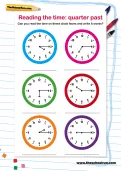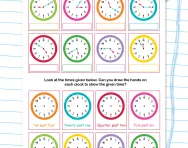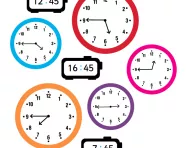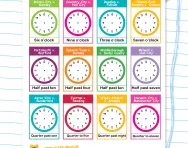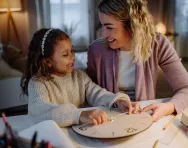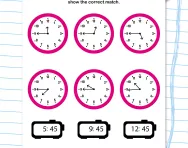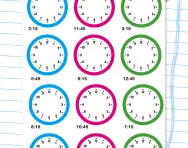TheSchoolRun.com closure date
As we informed you a few months ago, TheSchoolRun has had to make the difficult decision to close due to financial pressures and the company has now ceased trading. We had hoped to keep our content available through a partnership with another educational provider, but this provider has since withdrawn from the agreement.
As a result, we now have to permanently close TheSchoolRun.com. However, to give subscribers time to download any content they’d like to keep, we will keep the website open until 31st July 2025. After this date, the site will be taken down and there will be no further access to any resources. We strongly encourage you to download and save any resources you think you may want to use in the future.
In particular, we suggest downloading:
- Learning packs
- All the worksheets from the 11+ programme, if you are following this with your child
- Complete Learning Journey programmes (the packs below include all 40 worksheets for each programme)
You should already have received 16 primary school eBooks (worth £108.84) to download and keep. If you haven’t received these, please contact us at [email protected] before 31st July 2025, and we will send them to you.
We are very sorry that there is no way to continue offering access to resources and sincerely apologise for the inconvenience caused.
Reading the time: quarter past
At what age should a child be able to tell the time?
By age 7, according to the English National Curriculum, children should be able to tell the time to the nearest five minutes on an analogue clock.
This includes understanding o'clock, half past, quarter past, and quarter to.
By age 9, they should be proficient in reading both analogue and digital clocks, including 24-hour time.
How can you help your child learn how to tell the time?
- Use a real clock
Practise with an analogue clock at home by moving the hands to show different times.
- Make it fun
Incorporate time-telling into daily activities, like asking your child to check the clock when it’s time for meals or bed. You can also use time-telling games, apps, or worksheets that turn learning into a playful experience.
- Relate to real-life
Help your child connect time to daily routines, like "We'll leave for school at 8 o'clock" or "You can play for 10 more minutes until it's 5 pm." This makes time-telling more relevant and easier to grasp.
For more help with telling the time, check out our hub page.
